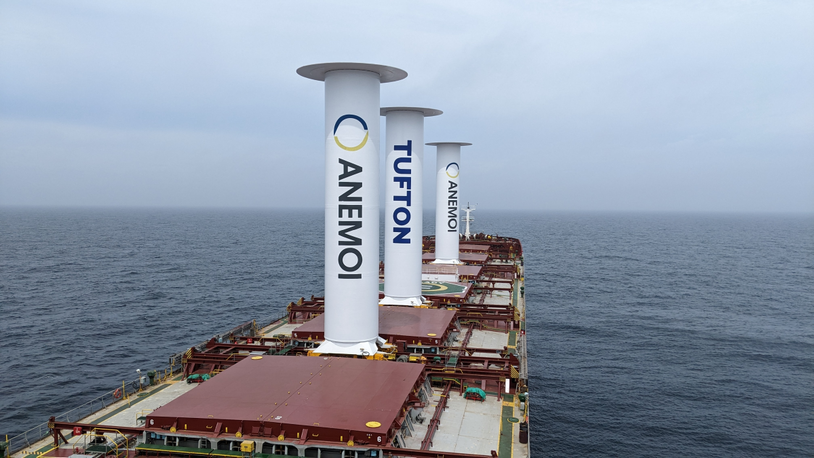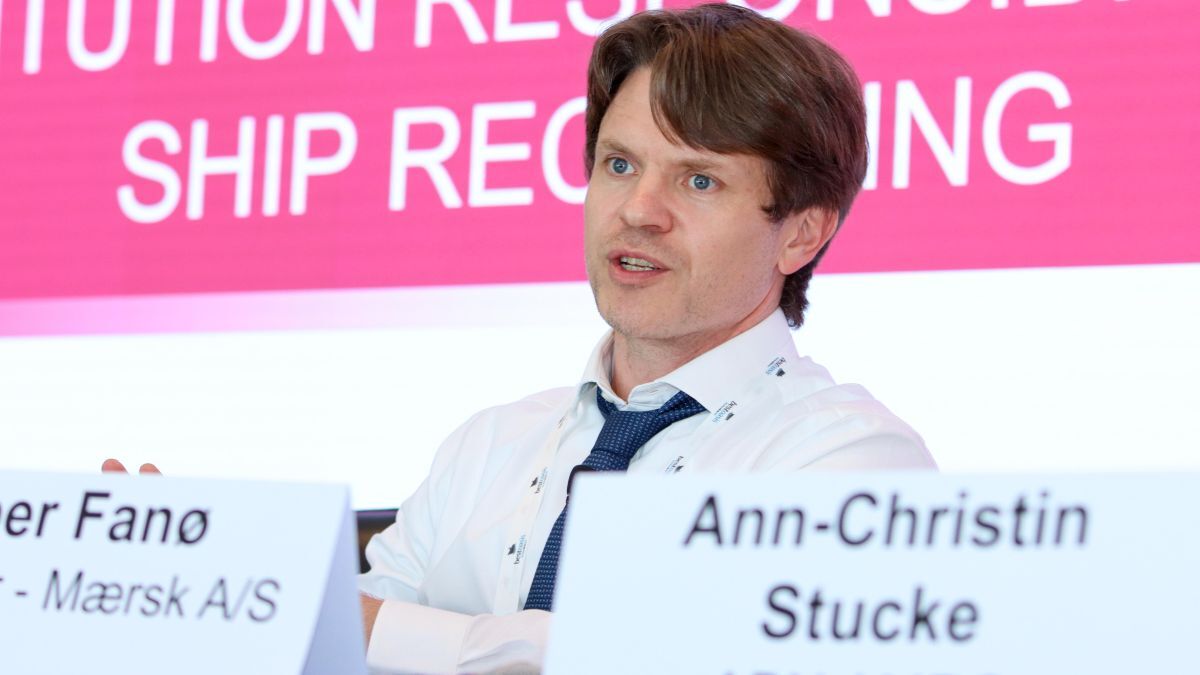Business Sectors
Contents
Stirling offers submerged propulsion solution
The Stirling engine is of the external combustion piston type whose heat exchange process fosters near-ideal efficiency in converting heat into mechanical movement by following the Carnot cycle as closely as possible
The Stirling engine is an invention credited to the Scottish clergyman Robert Stirling in 1816. It works by the repeated heating and cooling of a usually sealed amount of working gas – such as air, hydrogen or helium – which is moved between hot and cold heat exchangers. The hot exchanger is a chamber in contact with an external heat source (for example, a fuel burner) and the cold exchanger is a chamber in thermal contact with an external heat sink (for example, air fins).
When the gas is heated in the sealed chamber its pressure rises and acts on the piston to produce a power stroke. When the gas is cooled the pressure drops and less work needs to be done by the piston to recompress the gas on the return stroke, yielding a net gain in power available on the shaft. The working gas flows cyclically between the hot and cold heat exchangers.
As the working gas is sealed within the piston cylinders there is no exhaust gas (other than that incidental to heat production if combustion is used as the heat source); and no valves are required.
A Stirling engine thus exploits the potential energy difference between its hot end and cold end to establish a cycle of a fixed amount of gas expanding and contracting within the engine, converting a temperature difference across the machine into mechanical power.
The greater the temperature difference between heat source and cold source, the easier it is for the Stirling engine to operate and the less efficient the design has to be for the engine to run. Small demonstration engines, however, have run on a temperature difference of as little as around 15°C.
Some Stirling engines use a separate displacer piston to move the working gas back and forth between cold and hot reservoirs; others rely on interconnecting the power pistons of multiple cylinders to move the working gas, with the cylinders held at different temperatures.
In true Stirling engines a regenerator, typically a mass of wire, is located between the reservoirs to contribute to the efficiency of the Stirling cycle. As the gas cycles between the hot and cold sides its heat is transferred to and from the regenerator; in some designs, the displacer piston itself is the regenerator.
The ideal Stirling engine cycle has the same theoretical efficiency as the Carnot heat engine for the same input and output temperatures. The thermodynamic efficiency is higher than steam engines and even some modern internal combustion engines.
Stirling engines can be classified into three distinct types:
• An alpha Stirling engine features two separate power pistons in separate cylinders: one ‘hot’ piston and one ‘cold’ piston. The hot piston cylinder is situated inside the higher temperature heat exchanger and the cold piston cylinder inside the low temperature heat exchanger. This engine type has a very high power-to-volume ratio but suffers technical problems due to the usually high temperature of the hot piston and its seals.
• A beta Stirling engine has a single power piston arranged within the same cylinder on the same shaft as a displacer piston. The latter is a loose fit and does not extract any power from the expanding gas, only serving to shuttle the working gas from the hot heat exchanger to the cold heat exchanger.
When the working gas is pushed to the hot end of the cylinder it expands and pushes the power piston. When it is pushed to the cold end of the cylinder it contracts and the momentum of the machine, usually enhanced by a flywheel, pushes the power piston the other way to compress the gas. Unlike the alpha type, the beta type avoids the technical problems of hot moving seals.
• A gamma Stirling engine is simply a beta type in which the power piston is mounted in a separate cylinder alongside the displacer piston cylinder but is still connected to the same flywheel. The gas in the
two cylinders can flow freely between them and remains a single body. Such a configuration produces a lower compression ratio but is mechanically simpler and often applied in multi-cylinder Stirling engines.
Various design configurations continue to be pursued, including rotary engines (seeking to convert power from the Stirling cycle directly into torque) and ‘free piston’ engines. An alternative to the mechanical Stirling engine, the fluidyne pump uses the Stirling cycle via a hydraulic piston. In its most basic form, this contains a working gas, a liquid and two check valves for moving parts; the work produced by the fluidyne is applied to pumping the liquid.
Stirling engines are in active seagoing service as air-independent propulsion plants for six Royal Swedish Navy submarines, whose Stirling AIP system was developed by Kockums of Sweden from the mid-1980s. A mix of pure liquid oxygen and diesel fuel is burned by the engine which drives a generator to provide electrical power for the propulsion motors when the boat is submerged. Almost vibration-free operation contributes to high stealth characteristics. MP
Sources: Wikipedia; Kockums
Related to this Story
IMO’s net-zero plan poised to pressure ageing fleet with rising costs
Events
TUGTECHNOLOGY '25
Reefer container market outlook: Trade disruption, demand shifts & the role of technology
Asia Maritime & Offshore Webinar Week 2025
Marine Lubricants Webinar Week 2025
© 2024 Riviera Maritime Media Ltd.













